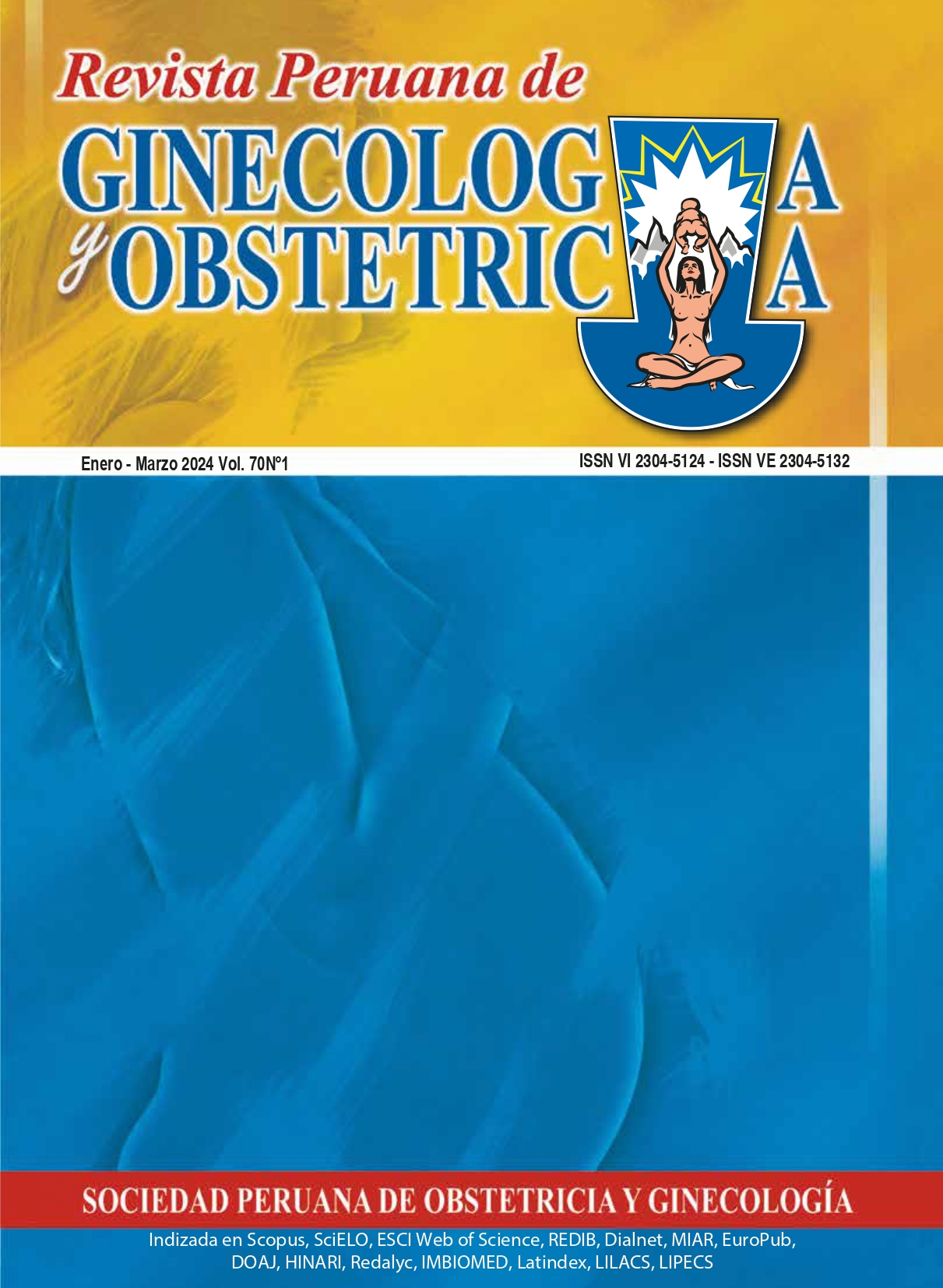Screening for congenital heart disease prior to fetal surgery
DOI:
https://doi.org/10.31403/rpgo.v70i2608Keywords:
Fetal heart, Heart defects, congenital, Prenatal diagnosis, Echocardiography, Surgery, fetalAbstract
Congenital cardiopathies are the most frequent malformations and represent a
high neonatal morbidity and mortality rate, especially in those neonates without
timely prenatal diagnosis. They appear as the first cause of infant death associated
with congenital malformations. Advances in technology and the standardization of
ultrasound diagnostic protocols have allowed increasingly accurate identification
of congenital heart diseases. However, this has not been sufficient and there
continues to be a high rate of neonates with congenital heart disease undiagnosed
in prenatal surveillance. On the other hand, with the advent of fetal surgery, it is
necessary to identify the presence of any major congenital heart disease that
could cloud the prognosis associated with the underlying fetal pathology that
made intrauterine intervention necessary. Considering the above, both parents
and medical professionals need to be made aware of the importance of screening
for congenital heart disease, especially in those fetuses that are going to undergo
prenatal surgery. There is currently a high rate of errors in congenital heart disease
screening, which causes anxiety in parents. This may be due to inadequate imaging
technique, lack of standardization in the study protocol based on clinical practice
guidelines, or lack of adequate training to perform this type of study. This article
focuses on the most common errors in screening for congenital heart disease during
second trimester morphological ultrasound, based on clinical practice guidelines for
fetal echocardiography.
Downloads
Downloads
Published
How to Cite
Issue
Section
License
Copyright (c) 2024 Enrique Gil Guevara, Isabel Valdez Guerra, Jairo Muñoz Acosta

This work is licensed under a Creative Commons Attribution 4.0 International License.
Esta revista provee acceso libre inmediato a su contenido bajo el principio de que hacer disponible gratuitamente la investigación al publico, lo cual fomenta un mayor intercambio de conocimiento global.















